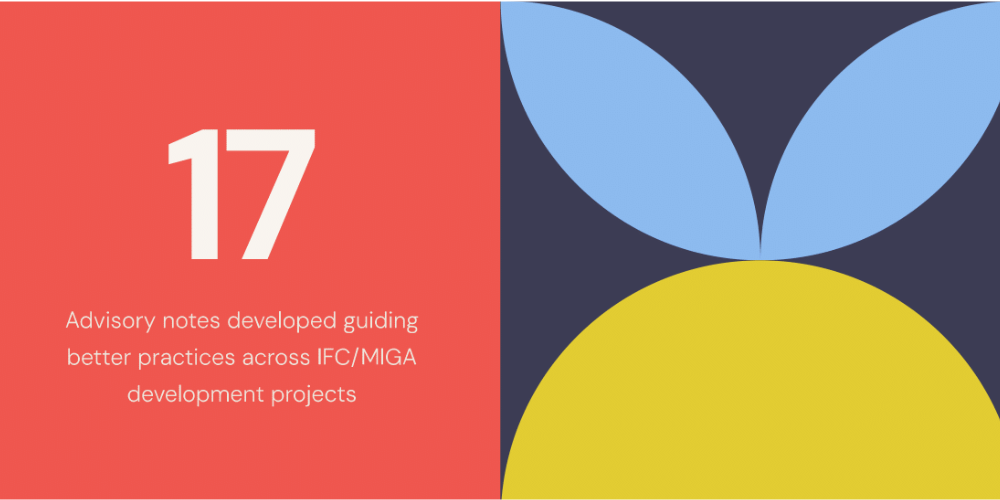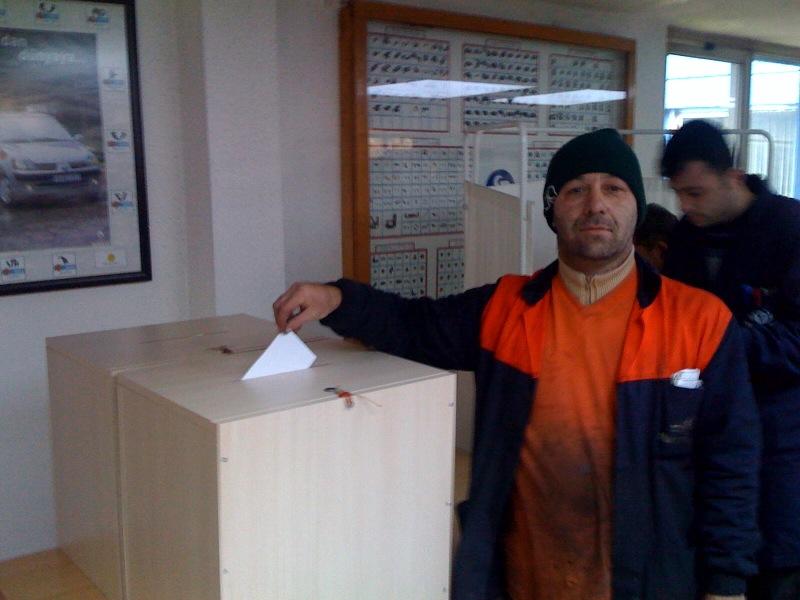CAO’s 25th Anniversary

More than 25 years ago, community members in Alto BioBío, Chile voiced dissatisfaction with their resettlement related to an IFC hydropower project, the Pangue Dam. The community’s concern added to the already persistent call from global and regional civil society organizations to establish an independent accountability mechanism for the World Bank Group’s private sector arms, IFC and MIGA. This led to the creation of the Office of the Compliance Advisor Ombudsman.
Going beyond a focus only on compliance, like the already established World Bank Inspection Panel, CAO’s mandate was expanded to also help parties resolve conflict through dialogue and provide advice to IFC and MIGA on environmental and social issues to spur broader institutional change.
CAO at 25: At a Glance
A Look Back: Quick Facts about CAO
Get to know CAO through these quick facts and case highlights.
-
Which was CAO’s first case?
Yanacocha Gold Mine (Minera Yanacocha) in Peru
CAO’s first case was occasioned by a mercury spill from a mining company truck in Peru in July 2000 over a long stretch of road from the Yanacocha Gold Mine (Minera Yanacocha). The mine was supported by IFC. CAO oversaw an independent investigation into the spill, which found discrepancies in the company’s waste management and emergency procedures. CAO received 11 complaints about the project through 2017. Learn more
-
Which IFC project has generated the greatest number of complaints to CAO?
Baku-Tbilisi-Ceyhan (BTC) Pipeline
The project that generated the most complaints to CAO is the Baku-Tbilisi-Ceyhan (BTC) oil and gas pipeline, which runs through Azerbaijan, Georgia, and Turkey. Between 2004 and 2011, CAO received 33 complaints about the pipeline. The majority of these complaints came from Georgia, despite the country hosting the fewest kilometers of the pipeline.
-
Which CAO case addressed a 60-year-old conflict?
Ambuklao-Binga Hydropower Project in the Philippines
From 2008-2010, CAO helped resolve a conflict stretching over six decades in the Philippines where the Ibaloi community had been displaced due to a hydroelectric dam project. The Philippines Energy Secretary called CAO’s dispute resolution process a “new model for development”. Watch video
-
Which case was CAO’s first labor complaint?
Standard Profil in Türkiye
In September 2008, CAO received a complaint from trade unions representing workers at an auto parts manufacturing plant in Türkiye financed by IFC. The complaint related to labor and working conditions at the plant, and more specifically, rights of association and restrictions on formation of a labor union. Learn more
-
Which CAO case went to the United States Supreme Court?
Tata Ultra Mega in India
In 2011, fishing communities in Gujarat, India, filed a complaint about the Tata Mundra coal-fired power plant, supported by IFC. CAO's investigation confirmed significant concerns regarding the project's impact on local livelihoods. Subsequently, the communities filed a lawsuit in the United States (U.S.) federal courts, Jam v. IFC, claiming that IFC should be held accountable for the harm caused by the project it financed. The case was eventually referred to the U.S. Supreme Court. Learn more
-
Who was the first head of CAO?
Meg Taylor
World Bank Group president, James D. Wolfensohn, appointed Dame Meg Taylor as the first Vice President, CAO for IFC/MIGA in 1999 following a multi-stakeholder selection process.
Reporting on 25 Years of Impact
Since 1999, our annual reports have showcased the outcomes of our dispute resolution, compliance, advisory, and outreach activities. We invite you to explore past reports to discover how CAO has made a positive impact in over 60 countries by collaborating with communities, companies, IFC and MIGA, civil society organizations, and other stakeholders.












